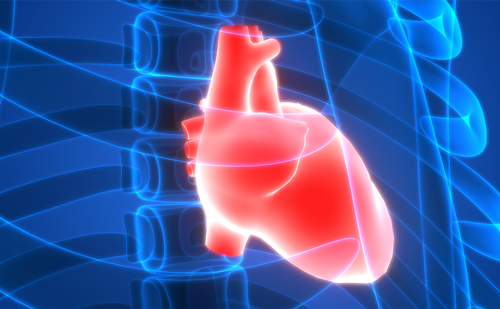Atrial flutter: from ECG to electroanatomical 3D mapping
Abstract:
Overview
Atrial flutter is a common arrhythmia that may cause significant symptoms, including palpitations, dyspnea, chest pain and even syncope. Frequently it’s possible to diagnose atrial flutter with a 12-lead surface ECG, looking for distinctive waves in leads II, III, aVF, aVL, V1,V2. Puech and Waldo developed the first classification of atrial flutter in the 1970s. These authors divided the arrhythmia into type I and type II. Therefore, in 2001 the European Society of Cardiology and the North American Society of Pacing and Electrophysiology developed a new classification of atrial flutter, based not only on the ECG, but also on the electrophysiological mechanism. New developments in endocardial mapping, including the electroanatomical 3D mapping system, have greatly expanded our understanding of the mechanism of arrhythmias. More recently, Scheinman et al, provided an updated classification and nomenclature. The terms like common, uncommon, typical, reverse typical or atypical flutter are abandoned because they may generate confusion. The authors worked out a new terminology, which differentiates atrial flutter only on the basis of electrophysiological mechanism. (Heart International 2006; 3-4: 161-70)
Keywords
Atrial flutter, Catheter ablation, ECG, Electroanatomical mapping
Article:
Article Information:
Correspondence
Dr. Giuseppe Inama, Department of Cardiology, Ospedale Maggiore, Largo U. Dossena, 2, 26013 Crema – Italy, g.inama@hcrema.it







